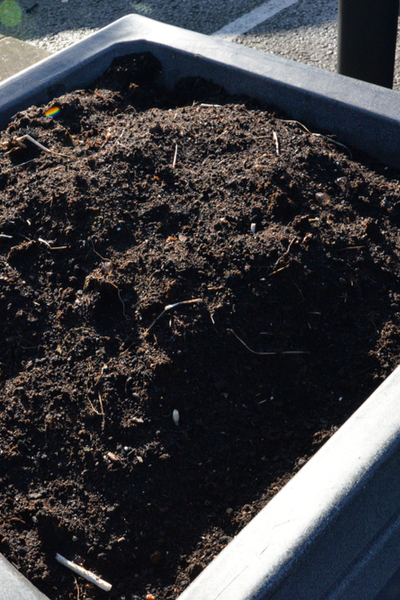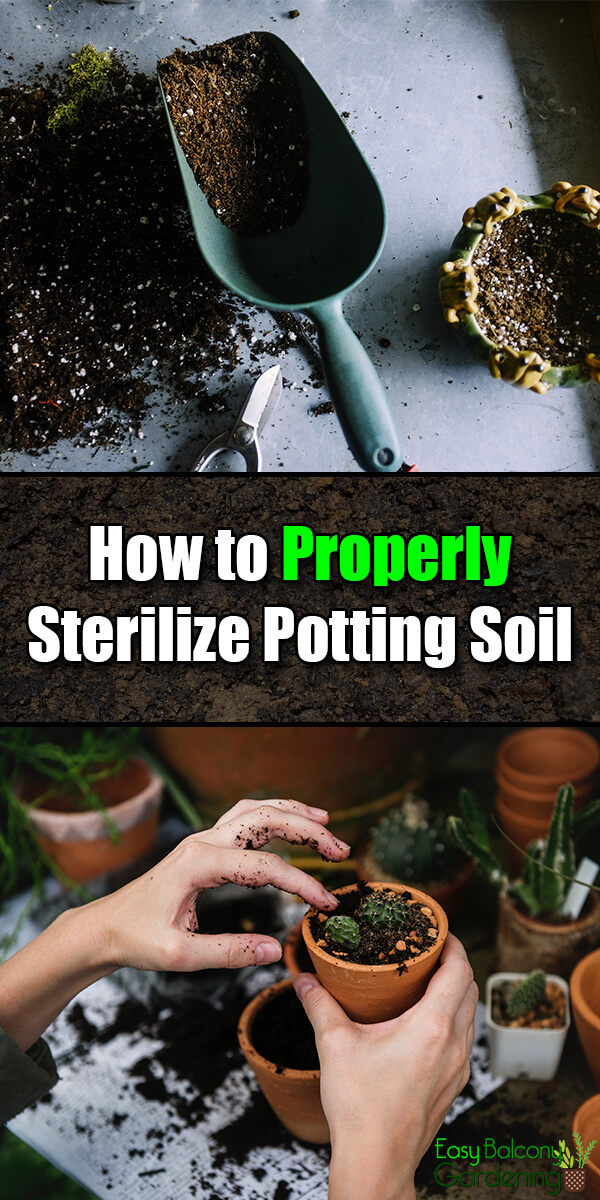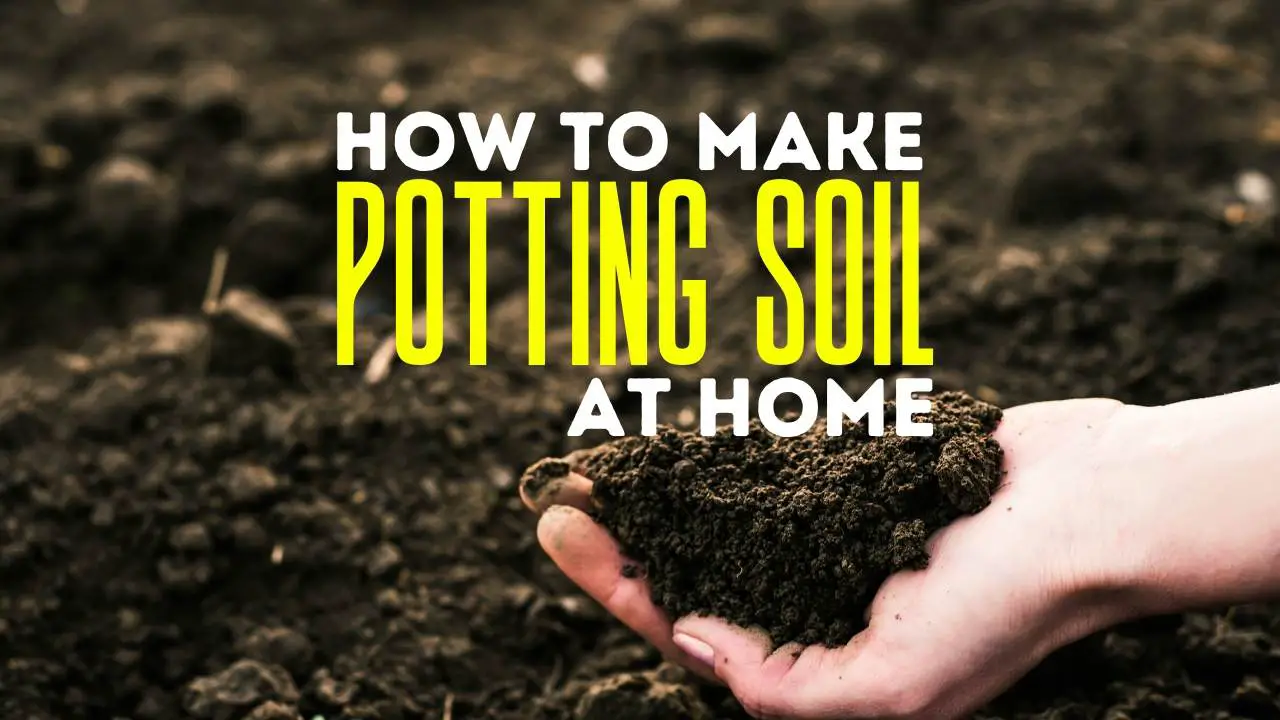Perlite and vermiculite are natural soil additives that help improve soil structure in similar ways, but this one key difference between them can make or break a gardening project. Here's how to know when you should be using perlite or vermiculite in your seed-starting pots, containers, raised beds, or in-ground garden beds—and why. Some types of organic materials and quantities of them can also upset the water equilibrium between the surrounding native soil and the soil in the hole. Fine-textured organic matter such as peat moss, placed in the planting hole can act like a sponge in a bathtub, holding too much moisture after rain or irrigation. Coarser-textured material, such as composted pine bark, is less likely to hold excess moisture. In heavy clay soils, use a shovel or mattock to notch out the sides of the round planting hole.
This will enable growing roots to more easily enter the surrounding soil. Replenish your soil in raised beds by adding compost and manure after the warm and cool growing seasons, mix it in well to create a wonderful friable soil structure. The compost improves the soil structure, the manure replenishes the nutrients.
Once that's done, follow the no-dig method described in the article here and let the worms do the work for you. With the mulch layers, the soil will be protected and will not be compacted by rainfall or watering. I always see things on how to work with sandy, silty, or clay soils, practically nothing on peat soils. I moved to an area this last Fall, that had a lot of glacier activity and is a meadow or grass land now. We would like to grow a garden, but we have black peat soil for about 14 feet down. I used a home soil test and found no nitrogen in the soil.
There is some phosphorus and a small amount of potassium. What should we do to our soil to be able to grow a vegetable garden and fruit trees? Cover crops, also called green manure crops, help loosen clay or compacted soils with their roots and by adding organic matter. They also prevent nutrient loss and erosion during the non-growing season. Leguminous cover crops, such as winter rye, alfalfa, hairy vetch and clover, which add nitrogen to the soil, are usually planted at the end of summer or early fall.
Adding amendments like compost or peat moss to the backfill will not make much of a difference for plants in very good soils. If organic matter is added to compacted soils or soils that do not drain well, this organic matter can decompose anaerobically and release chemicals that are toxic to young roots. Sandy soils typically drain well but adding sand to soils high in clay will reduce drainage. It is best to have the same type of soil inside and outside the planting hole.
When your flowers fade, and the temperatures drop, it's time to empty your containers and put them away for the winter. It's tempting to keep and reuse the old potting soil, which can be pricey, especially when you have a lot of potted plants like I do. But this lightweight mix of compost, peat, perlite, and other materials doesn't last forever.
Plants use up the nutrients in it as they grow, and the mix can become compacted and filled with roots. Sometimes pests, diseases, and weeds can take up residence, ready to pop back up when you replant in the mix. However, you can remedy each of these issues and get another use out of your potting soil with a little extra work. Plants in pots need a lightweight soil mixture for good aeration, as potted plants typically lack earthworms to aerate the soil around their roots.
Soil dug up from the yard should never be used for growing container plants, as it will compact tightly with each successive watering and drying cycle. Eventually, the plant roots will have little access to air and will be more susceptible to drowning and rotting because a tightly compacted soil drains water slowly. Just as garden soils shouldn't be used in containers, potting soils are not the best choice to add to the garden, mainly because most potting soils include perlite. Over time, this lightweight material works its way up to the surface of the soil and may leave an unattractive crust on the garden bed. Additionally, potting soils are not cost effective for filling in large garden spaces. G&B Organics Premium Topsoil, mixed with a soil amendment , is great for filling low spots and holes in the garden, lawn or alley.
It's really simple, and the results are incredible. Essentially the no-dig garden is constructed of alternating layers of carbon-rich and nitrogen-rich materials, just like a properly made compost heap. I wondered how much digging you were willing to do. I love the lasagna method of building a raised bed (I don't have sides, just mounds). If you build your beds at the end of this season, you'll be all set next year.
I've only tried a green manure crop on one bed last fall. It was a mixed seed and I'm not sure how much organic matter was actually added. Even if you only empty half the bed and start sheet composting in place after the garden season ends, you can add a lot of organic matter. I use the pile of grass clippings to cover kitchen scraps plus have some aged manure to layer in. You can even add shredded newspaper as your brown layer. It will compact over winter and I like to top off in the spring with a layer of aged manure .
In well-drained soil, the planting hole should never be dug any deeper than the height of the root ball. This means that the soil at the bottom of the hole is left undisturbed. Setting the root ball on loosened soil will cause the tree to settle and sink too deeply into the soil.
Locate the topmost layers of roots in the root ball so that it will be level with the soil surface. Check to be sure that there is not an excess layer of soil already covering the root ball. As little as a half-inch of excess soil over the root ball can inhibit or prevent water from entering the root ball, especially on trees planted from containers. In well-drained soil, the planting hole should be at least twice and preferably five times wider than the root ball. Roots will grow more quickly into loosened soil, thus speeding up the tree's establishment time. If the garden isn't planted up yet, boil up some water and pour it over where the grass emerges through the mulch.
It doesn't kill the roots like boiling water does, but it depletes the energy stored in the roots every time the grass tries to regrow. With no-dig gardens, the soil is not compacted because it is not walked upon! Paths are constructed for people to walk on, the garden beds are for plants ONLY!!!
Don't mix the two and gardening will be a much more productive and effortless experience. This product is engineered to deal with issues of compacted or sandy soil. Larger pieces of bark and recycled forest products help break up compacted soil and create air pockets in the soil, allowing water to better penetrate. This product is also beneficial for sandy soils because organic matter is better at holding onto water, so the soil doesn't dry out so quickly.
We recommend adding conditioner, especially when planting trees, shrubs, and perennials in the garden. The system of no-dig gardening is a soil building technique, and to build soil you need a mix of carbon-rich and nitrogen-rich materials. By alternating thinner layers the bacteria can source both carbon and nitrogen more easily break down the materials. Adding a layer of organic matter over the soil, in a layer approximately 5cm-15cm (2"-6") thick is in effect 'sheet composting', where the garden beds become large composting areas. By the action of earthworms, bacteria, fungi and insects, the organic matter is slowly broken down and released into the soil, providing nutrients to the garden.
Because the soil is not disturbed, a stable soil ecosystem is created, and plant health is improved. Moisture is also better retained due to the mulching, and the organic matter in the soil works like a sponge to better retain the moisture in the soil. The mulching also prevents soil erosion, stops runoff of rainwater across the surface, and assists the rainwater to percolate into the soil. The earthworms will create channels in the soil, which will help both water and air to penetrate into the soil. Whether grown as houseplants or in outdoor containers, potted plants require periodic repotting or they outgrow their pot.
An overgrown plant becomes root bound, which results in roots growing out of the drainage holes, soil that dries too quickly or a plant that begins to lift out of the pot. Most potted plants require repotting every one to two years, usually in spring as new growth first begins to appear. Removing most of the old soil and repotting the plant can also help minimize disease and pest buildup in the soil that could affect the health of the plant. Organic amendments such as composted products are applied to soils to improve the nutrient and water-holding capacity of soils, or, in general terms, to improve soil tilth. Research has shown that when adding organic matter to a soil, it is best to incorporate it throughout the rooting zone as opposed to placing it in the planting hole. By incorporating an amendment uniformly in the soil, the entire rooting area becomes a uniform growing environment for roots.
How To Soften Compacted Soil Potting soils are specially formulated to provide adequate air, moisture and nutrients while also serving as a sturdy anchor for the plants. These fluffy blends usually include varying ratios of several materials. Peat moss and sphagnum moss are two main components, both of which help retain water to prolong the time between watering.
Some form of tree bark is also usually present, and aids with drainage. Compost, composted manure and leaf mold provide a source of nutrients, along with other materials that provide trace nutrients, like bone, blood and feather meal, or cottonseed hulls. Other materials, like perlite, vermiculite and sand, in varying quantities, increase or decrease the porosity of the mix. Pour enough potting mix in the bottom of the container so that the top of the plant's root ball is about 1 to 2 inches below the container's rim. Center the plant in the pot and fill around the sides with additional potting mix, tamping down the mix as you go.
Water thoroughly until water runs through the drainage holes. Common soil amendments include compost, grass clippings, straw, shredded leaves, rotted manure and dried seaweed. If you are planting around new construction, remove any debris left on the site that may cause plant growth problems. Chunks of concrete, roofing shingles, globs of tar, oil spills and sheetrock are a few of the hazards of new construction sites. Soil compaction is also a problem near new construction. Tilling deeply and incorporating organic matter is often sufficient to loosen hard compacted soils.
Organic matter in soil serves as food for earthworms, insects, bacteria and fungi-they transform it to soil nutrients and humus. Through this decomposition process, materials are made available as foods to growing plants. In finely textured clay soils, organic material creates aggregates of the soil particles, improving drainage and making it easier to work. Earthworms are especially helpful in making and keeping soil porous and well draining, said Brewer. Bark, sawdust, manure, leaf mold, compost and peat moss are among the organic amendments commonly used to improve clay soil. Two or three inches of organic materials should be spread and rototilled, forked or dug into the top six or seven inches of your garden beds.
Recognizing when it's time to repot is the first step. Often a plant simply looks top-heavy or as if it might burst out of its pot. The best time to repot most plants is when they're actively growing, in the spring or summer. However, plants can usually handle repotting whenever the situation warrants it. It may now be a little more obvious how compacted soil can affect your potted plants. The effect of dense soil can have a significant impact on your plant and increase the risk of it becoming unhealthy or even dying.
Primarily, soil compaction can lead to a lack of water flow. If it seems like you're watering your plants often, and yet they still look parched or yellowed, it's because this water can't travel properly through the soil to the roots. Once the plant's roots have been freed, repot them into larger containers. Sometimes a newly repotted plant will show some signs of transplant shock, losing some leaves or looking a bit droopy.
Don't worry, and above all, don't kill the plant with kindness by overwatering. Position the plant in the appropriate light situation , and water when the top inch or two of the potting medium feels dry. New root growth will start in a short time and the plant should rebound nicely.
Trees and shrubs grown in plastic or other hard-sided containers can be removed from their containers and placed directly in the holes prepared for them. Cut any circling roots so they will not strangle the tree later on. If a tree or shrub is pot-bound, use pruning shears or a serrated knife to make slices 1 to 2 inches deep going from the top of the root ball to the bottom.
Make these slices in three or four places around the root ball. Pull the roots growing along the outside of the root ball away from the root ball. Organic matter should comprise approximately 10 to 20 percent of the total soil volume.
For example, preparing a bed 8 inches deep requires the addition of about 1 to 2 inches of organic matter such as compost, leaf mold, or composted pine bark. Drainage can be improved in clay soils by subsoiling or deep tilling prior to adding organic matter. You can use perlite or vermiculite directly in raised beds and in-ground garden beds to improve soil structure. The best way to fix compacted soil in potted plants is to replace it with healthy, well-draining soil. Repotting your plants at least once every few years is an easy step that will have many other positive impacts on your plants. It restores aerating materials , prevents excessive mineral or salt buildup, and allows you to remove any diseased roots.
Add a couple inches of compost around existing plants, work this into the top layer of soil a bit, if possible, but do not dig deep enough to harm the roots. Do not allow the compost to come into contact with the stems of the plants as this can promote disease. Even left mostly on top of the soil the compost will break down over time releasing valuable nutrients into the soil while preserving moisture and protecting the surface of the soil.
If your clay soil is dry and cracked that would likely indicate that it's a sodic clay which will respond to the addition of gypsum as a clay breaker. Sprinkle a thin layer of gypsum first to break up the clay into small clumps, then add the layers of organic matter. The clay will get watered when you add the layers of organic matter and wet them down. You can plant annual vegetable seedlings and herbs into a no-dig bed immediately if your combined layers are high enough, at least 15-20cm (6-8″). Yes, a wicking bed can be managed as a no-dig garden.
Keep in mind that wicking beds are essentially a large sub-irrigation system, essentially a giant sized self-watering pot. They are only suitable for shallow rooted plants, and are therefore great to use as vegetable garden beds, but can't be used for trees. You really don't want to dig too much anyway as the soil at the bottom is waterlogged and anaerobic, and you don't want to risk puncturing the liner.





























No comments:
Post a Comment
Note: Only a member of this blog may post a comment.